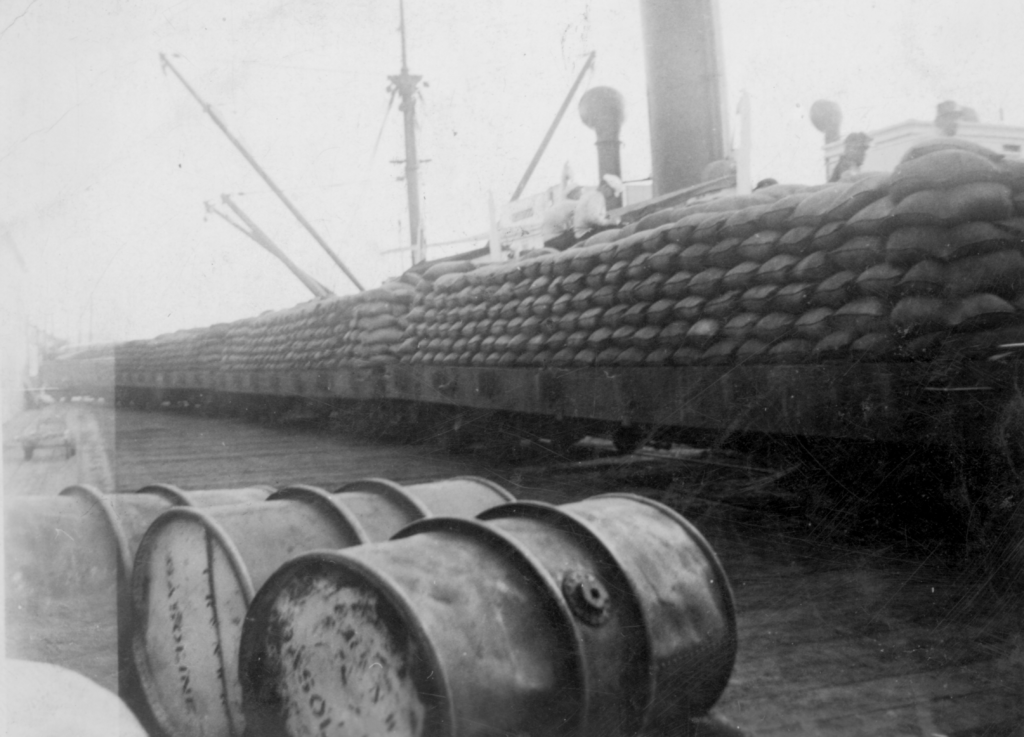The Copper River and Northwestern Railway was built from 1906 to 1911 for the purpose of
hauling copper ore from the newly established Kennecott Mine, 196 miles in the interior, to the
port of Cordova.
Considered by many an engineering and construction challenge impossible to complete due
to the difficulty of the terrain, skeptics dubbed the CR&NW the “Can’t Run & Never Will.”
The railroad crossed some of Alaska’s most hazardous country — through salt-water flats, up
narrow canyons above river rapids, and over the wide Copper River between two calving
glaciers.

Railroad contractor Michael J. Heney and engineer E.C. Hawkins, who had worked together to
build the White Pass and Yukon Railroad out of Skagway into the Klondike goldfields, were hired
by the Alaska Syndicate for the task of connecting the mines to the sea.
Copper Day, April 8, 1911, saw the first ore cars reach Cordova. Prosperity reigned, and for
the next 27 years the CR&NW was a vital part of life in Cordova. Ore trains arrived regularly,
and passenger cars carried 2,000 fares annually. When copper prices dropped in the 1930’s,
the mines closed and the last train to ever run the tracks arrived in Cordova on November 11,
1938.
Some $400 million worth of copper ore had been shipped during the life of the railway and a
significant chapter in Alaska’s history had been written. Today the Copper River Highway
follows the old railroad bed to the “Million Dollar Bridge,” that was completed in 1910 for close
to a million and a half dollars.





